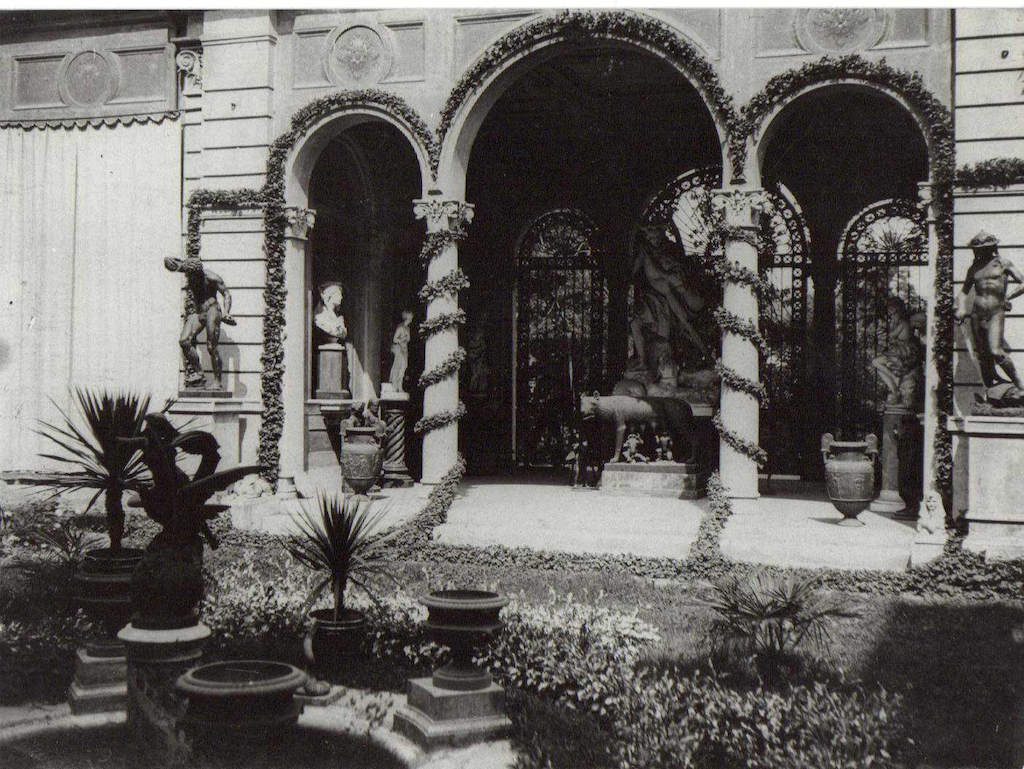Originally this building was Antonio Borgogna’s house-museum that he later decided to open to the public in 1908.
Antonio Giacomo Francesco was born in Stroppiana (Vercelli) on July 27th, 1822, son of Margherita Burzio and Francesco Borgogna, a land surveyor and landowner. Third-born of five children, as soon as he earned his law degree in Turin in 1846, Antonio helped his brother Domenico in the management of their family’s extensive estates.
Liberal-progressive, Borgogna entered local politics. In 1860, before he was 40, he was elected city councilman and served in that capacity for ten years.
In 1870 he withdrew to private life and travelled a lot both in Italy and abroad. He visited international exhibitions, attended many antiques auctions, feeding his passion for art and developing his interest in modern farming practices.
In 1882, Borgogna bought Ferrero Palace in San Francesco street, Vercelli, and expanded and redecorated it according to the design of surveyor Ettore Tartara. The building was initially destined to house his collection, with the intent to turn it into a real museum year after year.
In 1895, he donated the Sodoma marble bust, sculpted by Francesco Porzio, to the city. Today the bust is still displayed in the recess of the building on your right when you enter Cavour Square from the south end. In 1899, Borgogna expressed his intention to donate the building and his collections to the city of Vercelli.
Liberal and philanthropist, Antonio Borgogna financed the establishment of social welfare institutions like boarding school, charities, kindergartens, hospital, worker houses and friendly societies. He was convinced that education was crucial and for this reason financed and supported didactic institutions for professional training of lower classes and women (for the latter he financed a scholarship in medicine and the school of lacemaking).
He promoted and upgraded handcrafted jobs, founded the “Professional and Philological School Francesco Borgogna” of Vercelli and the School of Lacemaking; he also provided funds for scholarships to offer to very talented students of the Institute of Fine Arts of Vercelli so they could specialize at the Albertine and Braidense Academies.
As was his wish and indicated in his will, different public monuments were erected: among them we mention the monument to Umberto I (erected in 1907 next to St. Andrew’s abbey), the monument to Carlo Alberto (sculpted by Guido Bianconi and inaugurated in 1909 at the Sant’Eusebio Cathedral square), the monument of the Agriculture Fountain (built consequently to the contest won by Attilio Gartmann and inaugurated in 1910 in St. Andrew’s gardens).
Antonio Borgogna never got married and never had children. He died in his house in Vercelli on January 19th, 1906.







